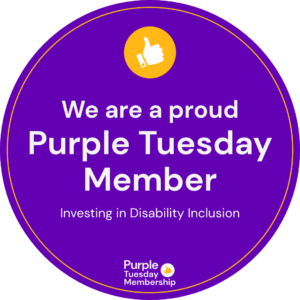The cross border payments landscape is experiencing rapid expansion. New corridors, new customers and new technology and processes are seeing more money than ever move across the globe. Consumer and Corporate funds alike are fuelling this growth. In this deeply competitive market companies must strive to differentiate themselves and, in a service that always comes down to availability and cost; what else can be done to attract and keep a customer?
Lack of Friction is key in user experience here. The touch points in moving money can often create fall out of customers and so loss of revenue. Very often even if you have the corridor access, best price available customer’s will drop out of the chain if the user experience is cumbersome and complex.
Offering great user support is often one way a business can help reduce fall out in the customer journey as professional and well trained support teams can guide customers through processes such as additional KYC/KYB submission and upload.
Best in class customer service should be standard nowadays as the Payments industry matures and focusses on customer needs and it therefore begs the question of what more can my business do?
How can I offer that best in class support, reduce the drop out rates and increase stickiness with my customer base?
By the very nature of Cross Border payments, a multinational focus and understanding must be at the forefront of a business’s mind. Whether a business specialises in offering services to a specific’s nationality and corridor or whether and entire region is available being able to engage with customers in their own native language is a useful tool.
Reducing misunderstandings, ensuring a feel of tailored and purposeful interaction and bedding in the relationship only service to build trust and confidence in the customer and make them more likely to engage with and complete the Payments process.
Multilingual support will by definition offer more efficient operational outputs as the efficiency of the service means that issues are resolved more quickly and with a higher satisfaction rate.
Additionally, and perhaps most interestingly for providers based in the UK the offering of multilanguage customer support aligns with the Consumer Duty first pillar as customers engaging with services in a second language could well be classed as vulnerable and offering more tailored and appropriate support and ensure a higher degree of alignment with the directive.
So, does multilingual support matter in Cross Border and FX? Perhaps we can ask these questions to help clarify.
Is the market competitive? Is there growth and opportunity in the market? Is customer friction and drop out costing providers revenue?
If the answer to the above questions is “Yes” then Multilingual support matters. The support can help businesses differentiate. It can friction and drop out. It can improve customer engagement and operational efficiency. It can better bed your customer into the business and it can help businesses better undersatnd their customer base.
Multilingual customer support is a very beneficial but under used tool in the Cross Border and Fx industry.



























